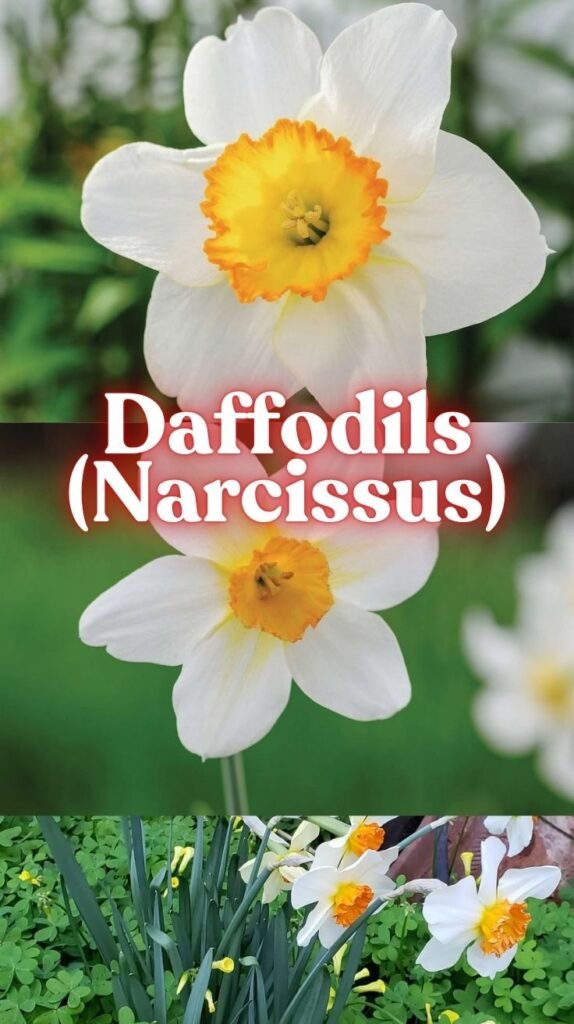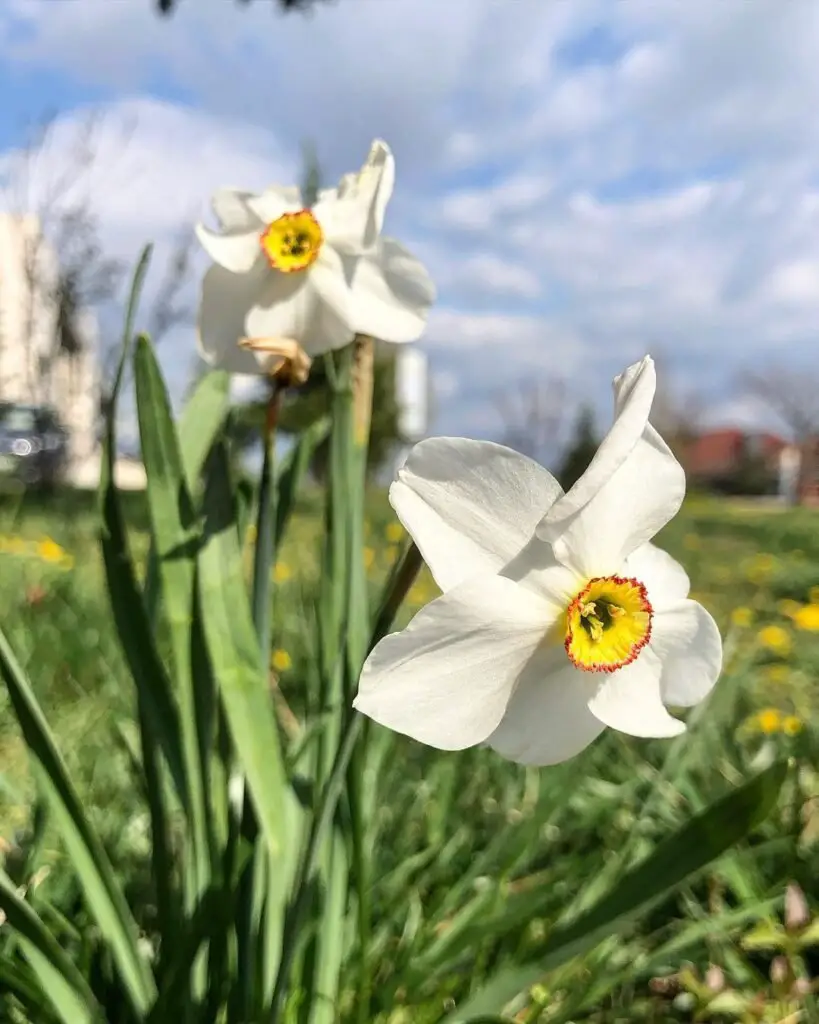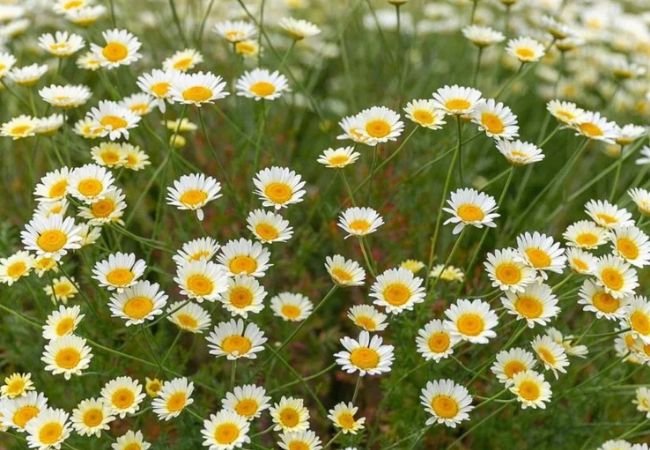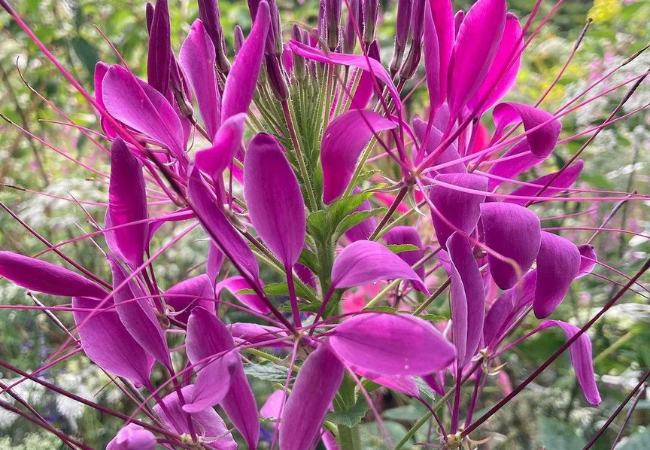Discover the secrets of daffodils (Narcissus) with gardening expert Ashley Scott. Learn their history, care tips, and the differences between daffodils, jonquils, and narcissus.

If you’ve ever wondered why daffodils are also called Narcissus, or how to tell them apart from jonquils, you’re not alone! As a gardener with over 10 years of experience, I’ve fielded countless questions about these cheerful spring blooms. Let’s dive into everything you need to know about daffodils (Narcissus), from their poetic mythology to practical growing tips.
Here’s an easy and verified chart for Daffodils:
| Category | Details |
|---|---|
| Botanical Name | Narcissus spp. |
| Common Name | Daffodil, Narcissus |
| Plant Type | Bulbous perennial |
| Hardiness Zone | Zones 3-9 (depending on species) |
| Sun Exposure | Full sun to part shade |
| Soil Type | Well-draining, fertile soil |
| Watering Needs | Average; drought tolerant once established |
| Growth Habit | Upright, clump-forming |
| Height/Spread | 6 inches to 2 feet tall, spread of 6 inches to 1 foot |
| Special Features | Trumpet-shaped flowers in shades of yellow, white, or orange with a trumpet-shaped central corona; blooms in spring; deer and rodent resistant; naturalizes well in gardens and landscapes |
What Are Daffodils (Narcissus)?

The daffodil scientific name and family is Narcissus, part of the Amaryllidaceae family. Yes, all daffodils are technically Narcissus, but not all Narcissus are daffodils—confusing, right? The term “daffodil” usually refers to the larger-flowered varieties, while smaller or clustered blooms might be called jonquils or simply Narcissus.
Fun fact: The name “Narcissus” comes from Greek mythology. According to the daffodil narcissus myth, a young man named Narcissus fell in love with his reflection in a pond and turned into this flower. It’s why daffodils often symbolize rebirth and self-love (but more on meanings later!).
Daffodils vs. Narcissus vs. Jonquils: What’s the Difference?
Let’s settle the debate once and for all:
- Daffodils: Large, trumpet-shaped flowers; often yellow but come in other daffodil colors like white, orange, or pink.
- Jonquils: A subtype of Narcissus with slender leaves and clustered, fragrant blooms.
- Narcissus: The umbrella term for all plants in the genus, including daffodils and jonquils.
Still unsure? Check out my guide on spring-blooming bulbs for visual comparisons.
How to Grow Daffodils (Narcissus) Successfully
Planting Daffodil Bulbs
I’ll never forget my first daffodil planting mishap—I buried the bulbs too deep, and they barely bloomed! Here’s how to avoid my mistake:
- When to Plant: Fall, 2–4 weeks before the ground freezes.
- Soil: Well-draining; amend clay-heavy soil with compost (I share my compost tips here).
- Depth: 6 inches deep, pointy end up.
- Spacing: 3–6 inches apart.
Pro tip: Pair early daffodils & narcissus with tulips for staggered spring color!
Daffodil Care Tips
- Watering: Moderate in spring; reduce after blooming.
- Fertilizing: Use a low-nitrogen fertilizer in early spring.
- Deadheading: Remove spent flowers but leave foliage until it yellows.
The Surprising Range of Daffodil Colors and Varieties
Forget plain yellow! Modern hybrids like daffodil narcissus hybrid cv offer stunning options:
- White: ‘Thalia’ (my personal favorite!).
- Pink: ‘Pink Charm’ with salmon-pink cups.
- Bicolor: ‘Ice Follies’ with white petals and lemon-yellow trumpets.
Looking for small daffodils narcissus? Try ‘Tête-à-Tête’—perfect for containers or borders.
The Symbolism of Daffodils (Narcissus)
The daffodil narcissus meaning varies across cultures:
- Rebirth: Their spring bloom ties them to new beginnings.
- Hope: The American Cancer Society uses them as a symbol of hope.
- Vanity: Thanks to the Greek myth, they sometimes represent self-absorption.
Funny story: A friend once gifted me a 100 British daffodils and narcissus bouquet after I helped her redesign her garden—it smelled like spring itself!
Common Questions About Daffodils (Narcissus)
Are Narcissus and Daffodils the Same?
Yes and no! All daffodils are Narcissus, but the term “daffodil” typically describes the larger, trumpet-shaped varieties.
Can Daffodils Grow in Warm Climates?
Absolutely! Some varieties, like ‘Carlton’ or ‘Fortune’, thrive in USDA zones 8–10. Check out the American Daffodil Society for region-specific tips.
Do Daffodils Spread?
They naturalize beautifully. My daffodil narcissus bulbs have multiplied into a sea of yellow over 5 years!
Final Thoughts
Whether you’re drawn to the classic charm of Narcissus pseudonarcissus (wild daffodil) or the delicate fragrance of jonquils, these flowers are a must for any garden. For more inspiration, explore my guide to seasonal gardening.







2 Comments on “Daffodils (Narcissus): Your Complete Guide to Planting, Meaning, and Varieties”